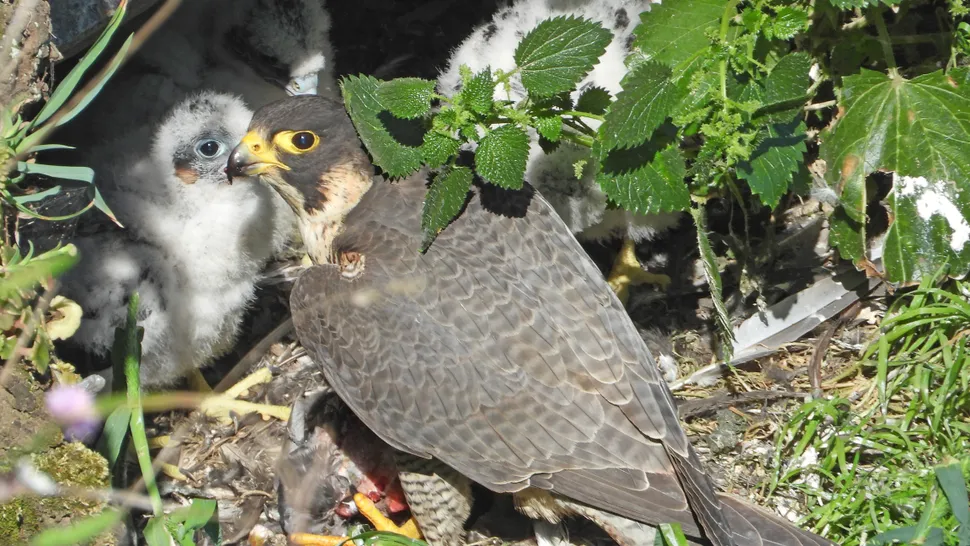Initially discovered in 1978 by climbers on El Capitan, a 3,000-foot granite monolith, peregrine falcons had vanished from Yosemite since the last sighting in 1941. The discovery kick-started a series of Conservation measures that would pave the way for one of California’s most successful wildlife recovery stories.
At the time, only 324 pairs remained in the entire U.S., primarily due to the detrimental effects of the pesticide DDT, which weakened eggshells. Following the ban of DDT in 1972 and protective legal status granted to the falcons, concerted efforts began to reintroduce and stabilize their population.
The strategy involved climbers collecting fragile eggs from precarious cliff nests to be incubated in labs, ensuring the chicks’ survival from the outset. These climbers, often dodging protective falcon dives, played a pivotal role in the falcons’ comeback. This spring, the park celebrated a significant milestone with 17 breeding pairs, a notable increase from just eight pairs in 2009.
Yosemite’s Peregrine Falcon Protection Program, initiated 15 years ago, strategically implements temporary climbing route closures to protect nesting sites during critical breeding periods. The program ensures minimal disruption to the climbing community by closing no more than 5% of routes at any time and reopening them once the fledglings have matured by mid-July.
This year, specific routes on landmarks such as Higher Cathedral Rock and The Rostrum were temporarily closed to safeguard the falcon families. Nationwide, similar protections are extended to roughly 85 to 100 climbing areas to shield not only peregrine falcons but also golden eagles during their respective nesting seasons.
The success in Yosemite serves as a shining example of how collaboration and targeted Conservation tactics can facilitate the resurgence of a species once on the brink of extinction. The story of Yosemite’s peregrine falcons underscores the positive impact of human intervention in wildlife conservation and the powerful role of community involvement in protecting natural ecosystems.
This article by Nicholas Vincent was first published by One Green Planet on 8 August 2024. Image Credit :Sriram Bird Photographer/Shutterstock.
What you can do
Help to save wildlife by donating as little as $1 – It only takes a minute.


Leave a Reply